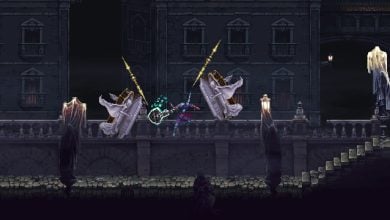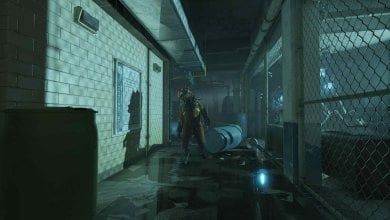
Story Highlights
- Half-Life’s 25th anniversary is on the horizon; Valve recently shared an hour-long documentary on YouTube to celebrate it.
- The documentary revealed various tidbits and the difficulties faced during the game’s development.
- The team for the original half-life was quite small. Various parts of the game were developed separately before being glued together.
The highly popular Half-Life has finally reached its 25th anniversary. Valve is celebrating the occasion with new maps and updates to the game, but the devs also recently pushed an hour-long documentary on YouTube. The documentary journeys through the devs’ experience with the development and all the hurdles that came along the way.

The Half-Life documentary featured a major chunk of the original team, with everyone reminiscing their experience about how the title came to be. The devs confirmed that Valve did not have a cohesive idea or final vision about how the game would look and play after completion. In other words, most of the team worked on different parts separately without much cooperation, which happened at a much later point.
Valve was unclear about many factors during initial development, facing issues like where the levels should be placed or how everything should be connected. Many individual devs worked on a lot of Half-Life features at the same time. Almost all of the game’s textures were done by Karen Laur, besides a select few. Karen tried to bring some cohesion later into the development and retained a similar art style influenced by his life.
First of all I had a bunch of textures, and then everytime I made new ones, whoever was working on the new levels would be like, ‘Oh fresh textures, I’m gonna use those!’ Somebody making another level would start using them [as well] and I was like no, this is chaos, we need to restrict this, so I started naming the texture sets by the level that they were made for. I was trying to enforce some visual cohesion, and that really ended up working,” said Karen Laur.
The game dev teams were quite small in the 90s, leading to more indie-styled development for many classic icons over the years. Valve was able to make it work by sewing individual pieces together as the title slowly developed. The visual cohesion eventually started unifying into a beautiful amalgamation that we know and love today.
Related Content:
- PSVR 2 On PC Now Supports Positional Tracking; Half-Life: Alyx Already Runs With Limitations.
- Valve Scrapped A VR Console Plan For Being “Stupid Expensive,” Reveals Employee.
- Persona 5 Tactica Was Accidentally Released On Steam Over A Week Early.
I grew up just out D.C., and so there’s all these big, really banal office buildings, and that’s kind of the direction I went. It started becoming a facility. So I started making these linoleum tiles, the drop ceiling, the concrete block wall, the black and white tile floor.”
Valve has shown some love to Half-Life after all these years with the new update. It adds new multiplayer maps, restores old content, and mends several annoying bugs. The game also finally features Steam Deck support. All in all, a giant resurgence by fans has flooded the entry with over 30,000 players.
Thanks! Do share your feedback with us. ⚡
How can we make this post better? Your help would be appreciated. ✍



